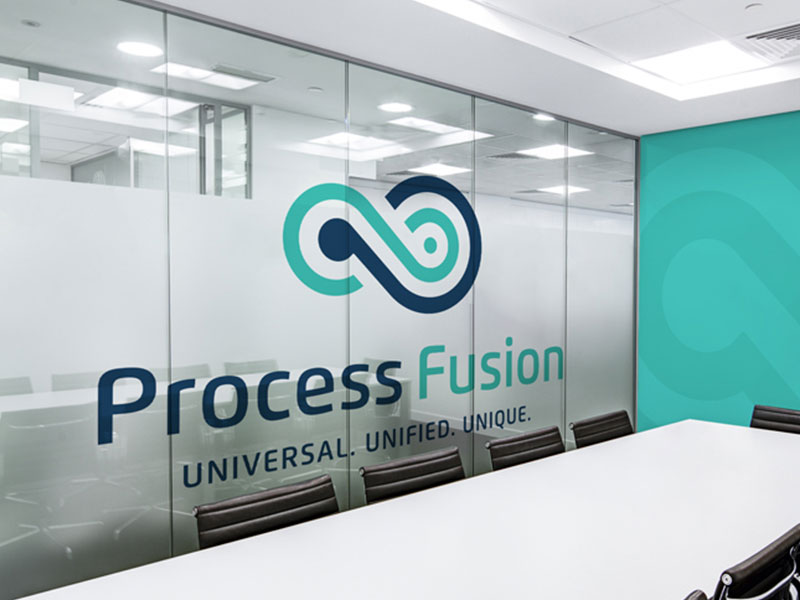The cost to trademark a brand can vary significantly depending on a number of factors, including the jurisdiction where you’re applying, the complexity of your application, whether you hire a lawyer, and how many classes of goods and services you want to cover.
In the United States, for example, filing fees with the United States Patent and Trademark Office (USPTO) can range from $250 to $350 per class of goods or services. If you hire a lawyer to assist with the process, you’ll also need to pay legal fees, which can vary widely but often start at around $1000 to $2000.
Note that these are just the costs to file the application. If your application is opposed or if there are other complications, you could incur additional costs. And if your trademark is approved, you’ll also need to pay maintenance fees to keep your trademark active.
Internationally, costs can vary even more. Some countries have their own national trademark offices where you can apply, and there are also international systems like the Madrid Protocol, which allows you to apply for a trademark in multiple countries at once. Fees for these services can vary widely.
It’s also worth noting that before you apply, it’s often a good idea to conduct a thorough search to ensure no one else already uses a similar trademark. This can help avoid oppositions and other complications. Depending on how thorough you want to be, this could involve additional costs.
In short, while it’s difficult to provide a precise cost without knowing more details, you should be prepared for the process to potentially cost several thousand dollars. For a more precise estimate, you should consider consulting with a trademark lawyer or another professional who’s familiar with the process.



